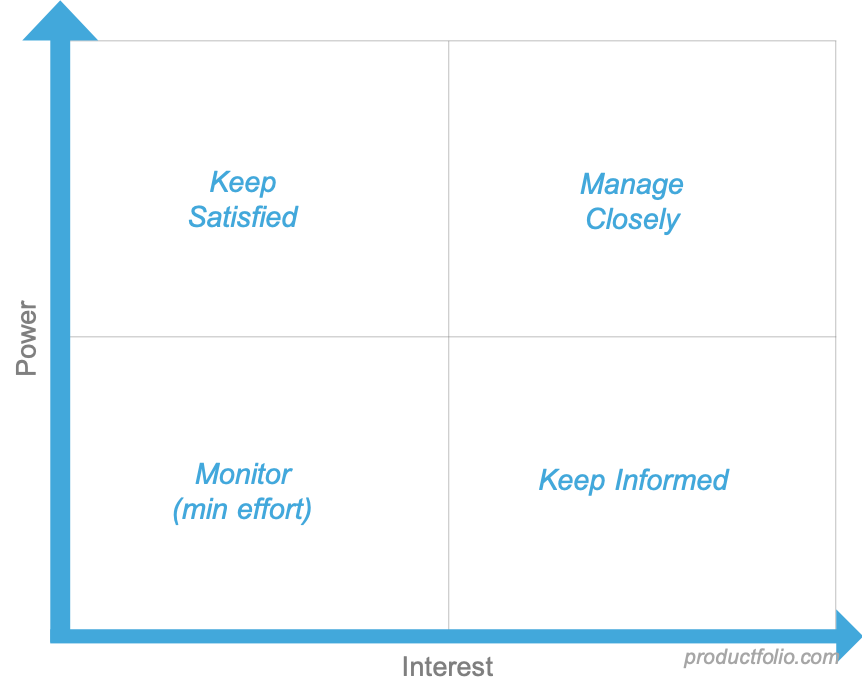A stakeholder analysis can be described as the process of assessing a system, program, or project and determining relevant parties. It entails identifying persons or groups that have interests or play a part in a product or project.
This analysis involves taking note of various demands by different parties with a view to balancing them. It provides product managers, project managers, and other decision-makers with useful information about people or groups that may be affected by decisions.
Steps for Analysis
How you approach this process depends on your organization (its size and years of existence) and industry. The people or teams that will oversee it can also influence its form.
In many cases, however, a stakeholder analysis follows three main steps.
1. Identify your stakeholders
The first thing to do will be to collaborate with relevant people to determine your stakeholders. Brainstorm with your team, which is also a stakeholder, who these people or groups are.
By definition, a stakeholder is a person, group, or entity that has an interest in or is influenced by your product decisions. You and your team should try to determine all that this description fits. Draw up a list that is as long as possible – you can edit it later.
Typical stakeholders include:
- Executives
- Product team
- Engineering team or developers
- Marketing team
- Sales team
- Customer success team
- Operations team
- Customers
- Investors
- Board members
Categorize and prioritize
After determining all your stakeholders, you need to group them according to their importance. Prioritize them in the order of influence, authority, and interest or involvement.
There are different methods for grouping and prioritizing stakeholders. A more popular one is the Power-Interest grid or matrix.

It has Power on the vertical axis and Interest on the horizontal axis.
This matrix places stakeholders into four groups:
- High power, high interest – These are stakeholders in the top-right angle of the matrix. The people and groups here should get the most attention.
- High power, low interest – These stakeholders at the top left need to be kept happy but you risk losing them if you get in touch too frequently.
- Low power, high interest – Grouped in the bottom right, these people require frequent communication of what you’re doing.
- Low power, low interest – These stakeholders placed in the bottom-left section only need to know what is going on once in a while.
3. Relate with stakeholders
Your stakeholder analysis should involve figuring out how to communicate with stakeholders. To do this effectively, you should pay careful attention to their motivations and priorities.
Among others, you should ask yourself questions like:
- Does this stakeholder have a vested financial interest?
- Do their priorities align with your project?
- How much influence can they have on the success of your project?
- Are they in support of this project?
You should determine the right way to communicate with each stakeholder as well to improve your chances of getting their support.


